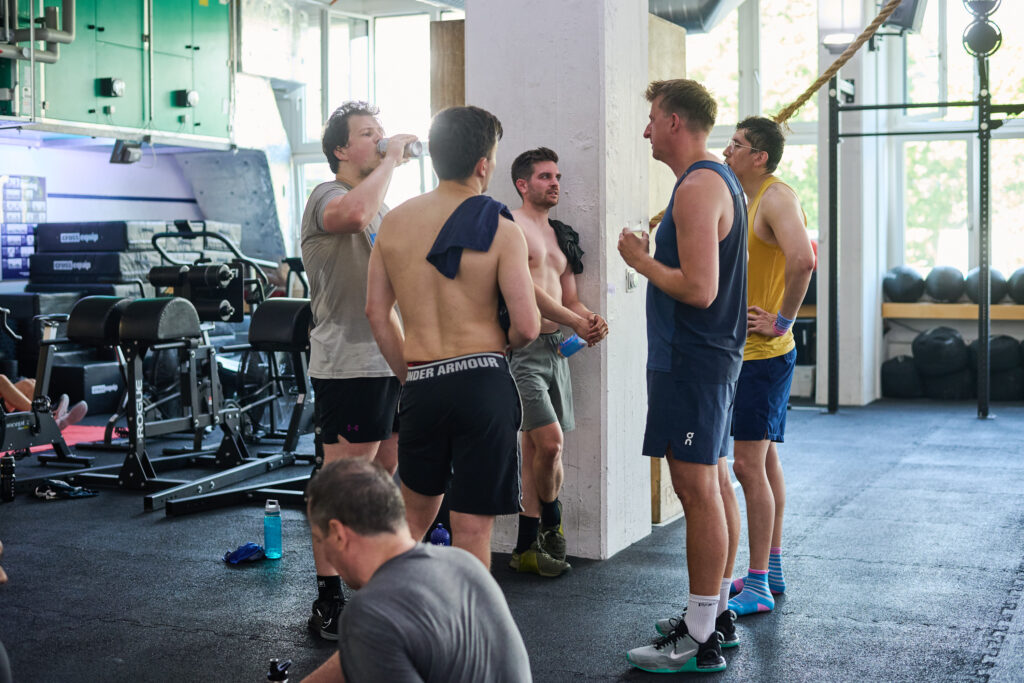How fast does fitness decline when life forces you to take a break? Even the most dedicated athletes get sick sometimes. Work trips come up, family needs attention, and motivation can dip. Life has a way of testing our routines—especially when things are going well.
Taking time off training is normal. The key is to understand what happens to your body during that time and how quickly you can get back to where you were.
What fitness really means
Fitness is not a single skill. It’s made up of several different capacities that each respond differently to time off. These include aerobic capacity—how efficiently your heart, lungs, and blood vessels deliver oxygen (VO₂ max); muscular strength—how much force your muscles can produce; power—how quickly you can produce that force; and coordination and skill—how efficiently your body performs movements.
Each of these declines at its own pace. Knowing which one fades first helps you focus your efforts when you return.
Aerobic fitness: quick to fade, slow to build
Your aerobic capacity is usually the first to change. Research shows that after 7 to 10 days of complete rest, your blood volume decreases and your heart works harder to deliver oxygen. After two to three weeks, VO₂ max can decline by 10 to 15 percent.
This is why, after a short break, your breathing feels heavier, your heart rate rises faster, and endurance workouts feel tougher.
But the good news: aerobic fitness also returns quickly. Within two to four weeks of consistent training, most people regain their previous level of endurance.
If you’re asking how fast does fitness decline in this area, the answer is: quite fast—but it also comes back quickly once you start again. Start with lower-intensity training such as zone-2 cardio and moderate intervals. This allows your cardiovascular system to readapt without overwhelming fatigue.
Strength: more resilient than you think
Strength is more stable. You can usually maintain most of it for three to four weeks without training. The first thing to go is not the muscle itself, but coordination. Movements feel less sharp, and loads may seem heavier because your nervous system is out of practice.
After four to six weeks of complete rest, measurable strength loss begins. However, those with a strong training background will find that strength returns quickly. The neuromuscular “memory” built through consistent training remains for a long time.
Even if fitness declines, strength is one of the easiest qualities to rebuild. Start with lighter loads, focus on movement quality, and increase intensity progressively.
Power: the most sensitive component
Power—the ability to move force quickly—is the most sensitive to inactivity. It depends on coordination, neural drive, and fast-twitch muscle fibers, which fade faster than raw strength.
This decline matters especially as we age. Power is the first physical quality to deteriorate and one of the most important for maintaining independence and athleticism.
After a break, once you feel stable and strong, reintroduce sprints, jumps, or explosive lifts to rebuild speed and reactivity.
Training age and its impact
Your training age—the number of consistent years you’ve been active—greatly affects how fast fitness declines.
If you’ve trained for years, your body retains adaptations longer and rebuilds faster. Think of your training history as a savings account: the more you’ve deposited over time, the longer it takes to run out.
Beginners, on the other hand, may lose progress more quickly because their foundation is still small—but they also adapt quickly once they start again.
Movement matters most
What accelerates decline the most is not a break from structured training, but a complete stop in all movement. Staying active through walking, mobility work, cycling, or hiking helps preserve your base and makes your return easier.
Movement keeps your muscles active, your joints healthy, and your metabolism steady. It’s not about perfection—it’s about staying in motion.

How fast does fitness decline: summary
Here’s how different components change over time:
• Aerobic capacity: begins to decline after 1–2 weeks, regains in 2–4 weeks
• Strength: stable for 3–4 weeks, noticeable drop after 4–6 weeks
• Power: fades quickly without practice, especially with age
The encouraging part is that the return is always faster than the original progress—as long as you restart gradually and consistently. You don’t need to make up for lost time. You simply need to start again.
The CrossFit Kreis 9 approach
At CrossFit Kreis 9, we know our members are busy professionals balancing work, family, and life. That’s why our programming builds balanced fitness—combining strength, conditioning, and power—in efficient, coached sessions.
We help you stay consistent when life allows, and rebuild effectively when it doesn’t. Because fitness isn’t about perfection—it’s about resilience. And your body always remembers.




